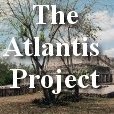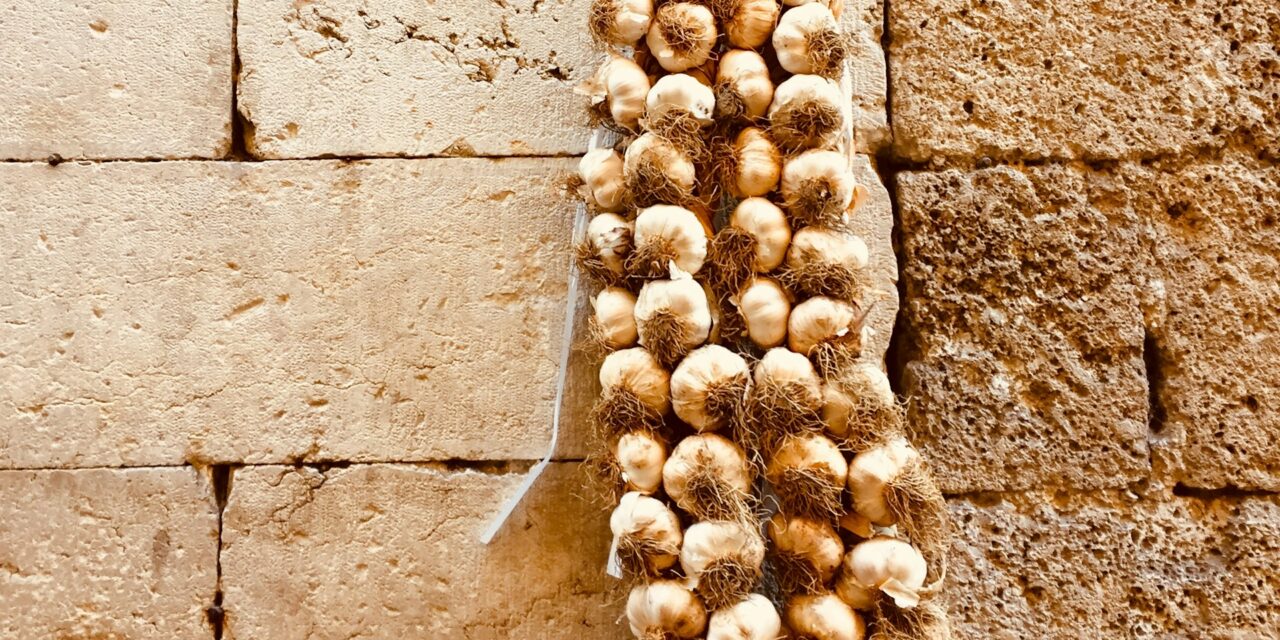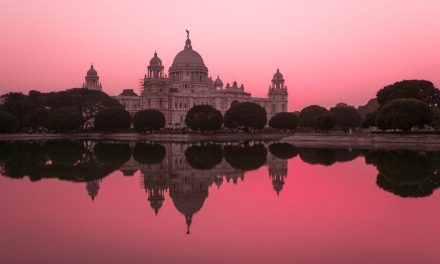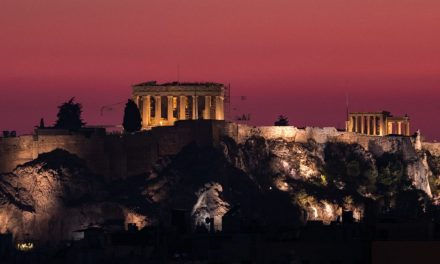In the heart of Italy lies a region steeped in ancient history, a place where the echoes of the past still resonate in the present. The Ferentino area, with its rich heritage, has a story to tell that spans millennia. Among the many intriguing aspects of this area, one of the most captivating is the connection to the enigmatic cities of Saturn. Join us on a journey through time as we explore the fascinating ancient history of the Ferentino region and the mysteries surrounding the cities of Saturn.
The origin of Ferentino remains a bit of a mystery. “Cyclopean” walls still present at the site pre-date Roman civilization by at least 300 years. And the name given to the site, Feretino, is derived from the Latin “to produce” hinting at fertile soil that likely enticed the first settlers to stay in the area.
Romans later attribute the city’s origin to Saturn, following his expulsion from Olympus. According to myth, Saturn founded the cities around Ferentino, helping the people there with farming and building techniques and inspiring the proliferation of the arts.
The “Cyclopean” walls are named after Saturn’s brothers, the Cyclopes. By the time the Romans arrived at the site, they would have believed that only a giant, powerful creature could have constructed the walls, which were made of colossal stone blocks, and set together without mortar or lime. Impressively, each stone block has a volume of more than 25 cubic meters. They were laid dry and interlocking, and form a fortification about 2,500 meters long, marked by 12 gates. The large blocks, however, show just the beginning of the wall. Over time, the wall was added to and gained height, as the construction techniques of the time evolved.
Curiously, other than the wall they built, there isn’t much else known about the people who lived in Ferentino before the rise of the Roman civilization.
Unveiling the Ferentino Area
Nestled in the Lazio region, Ferentino is believed to have been founded by the ancient Hernici people around the 4th century BC. Its strategic location made it a vital hub for trade and culture. Ferentino was eventually absorbed into the Roman Empire, becoming an essential part of Roman Italy. The remnants of Roman architecture and infrastructure still stand as a testament to its significance. The fall of the Roman Empire saw Ferentino transition into the medieval period, where it played a crucial role in the power struggles of the time. The Renaissance period brought a renewed interest in Ferentino’s history and culture, leading to the preservation and restoration of many historical sites.
The Mysterious Cities of Saturn
One of the most captivating aspects of Ferentino’s history is its connection to the legendary cities of Saturn. Saturnia, one of these cities, is steeped in mythology and intrigue. The architectural marvels of Saturnia are shrouded in mystery. Advanced engineering techniques were employed to create buildings that seemed to defy the knowledge of the time. Historians and archaeologists have put forth various theories regarding the purpose and disappearance of the cities of Saturn. Some believe they were advanced centers of knowledge, while others suggest they were places of worship. Recent archaeological excavations have shed new light on Saturnia and its sister cities. These discoveries have reignited interest in uncovering the secrets of these ancient enclaves.
The Legacy of Ferentino and Saturnia
The influence of Ferentino and Saturnia can still be felt today in the culture, traditions, and art of the region. Local festivals and celebrations often pay homage to this rich history. Efforts to preserve and protect the historical sites of Ferentino and Saturnia are ongoing, ensuring that future generations can continue to marvel at their beauty and significance.
Conclusion
The ancient history of the Ferentino area and the cities of Saturn is a captivating journey through time. From its humble beginnings to its mythical cities, this region offers a glimpse into the past that continues to intrigue and inspire. As we explore the ruins and legends, we are reminded that history is not just a record of the past but a living, breathing part of our present.







